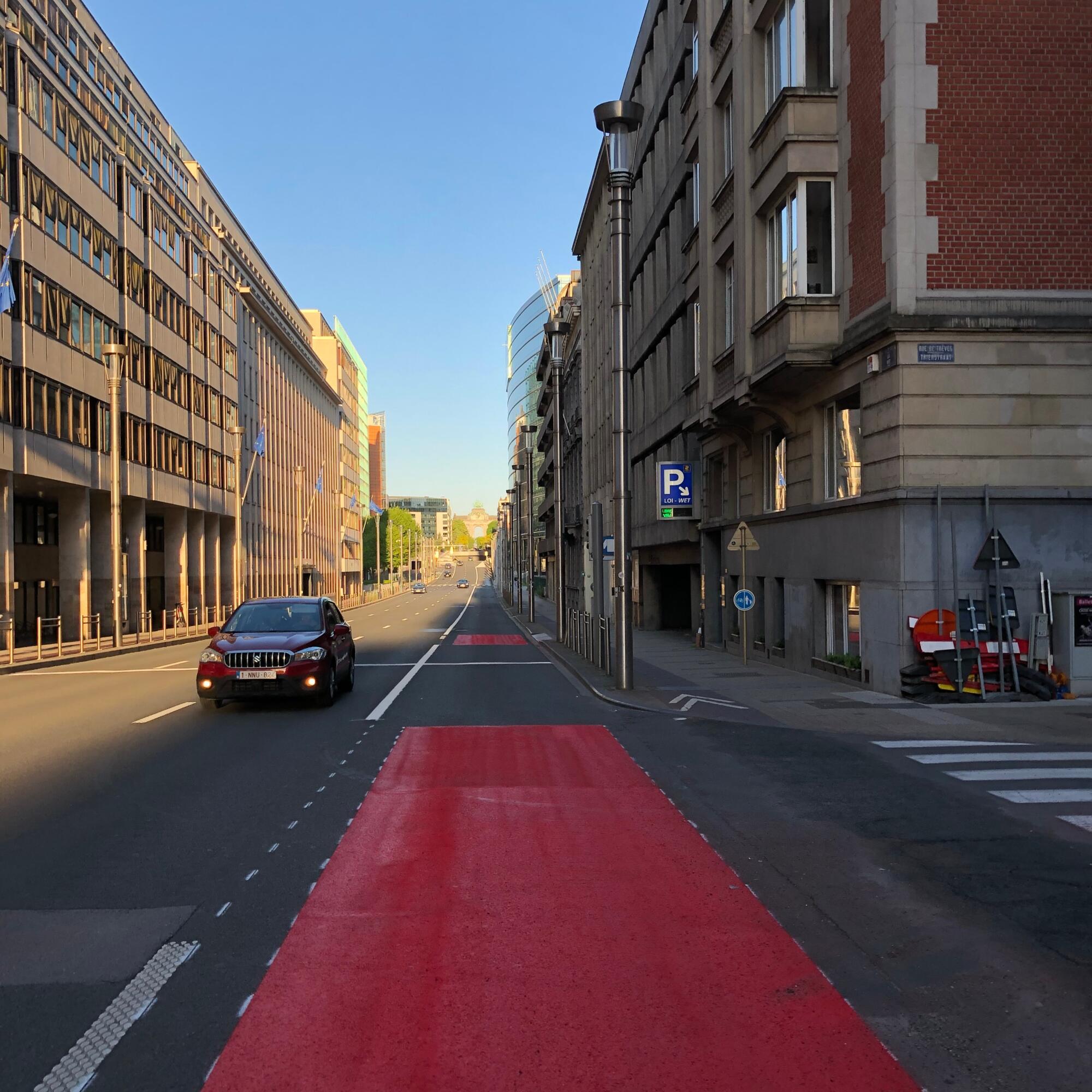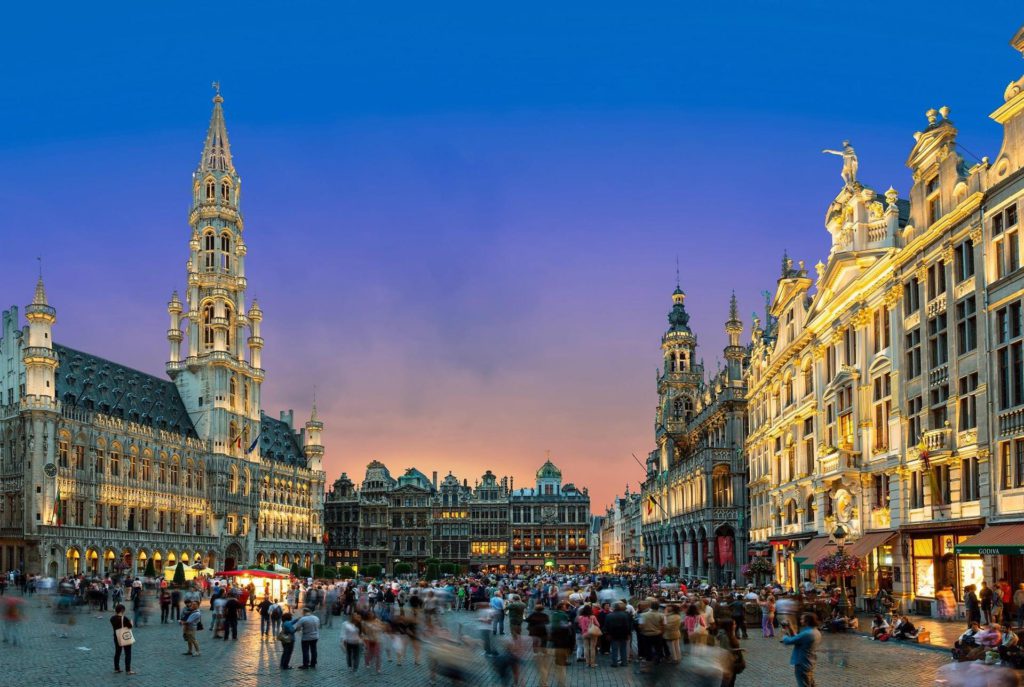Brussels adapts legislation to ease building light bike lanes
You probably remember how the Brussels Capital Region built 40km of temporary bike lanes in reaction to the first COVID-19 confinement and its expected effects on active mobility.
Since May 2020, many lanes have retained their original shape, while the overall number of cyclists has kept increasing; this called for a legal adaptation, which is now official: the building of light cycle paths with soft bollards does not require a permit anymore.
Besides giving a legal framework to spontaneous or temporary initiatives that were put in place in the last two years, the relaxation of permit requirements will also make it easier to build new bike lanes in Brussels.
Indeed, the territory of the Brussels Capital Region is a complex reality of 19 municipalities, one region, and two communities with shared responsibilities. Authorities expect the measure to facilitate the administrative ping-pong that precedes many road works in the European capital.
Permit - no more!
Following approval of a series of decrees on urban planning exemptions and permits of limited duration, marked cycle paths with soft bollards on municipal roads can now be built without a license. According to Brussels state secretary for town planning Pascal Smet,
“Brussels needs speed and efficiency. These simplified procedures will make life easier for many of the city’s residents.”
Removing a parking strip in order to construct a cycle path will also no longer require a permit. Smet’s office says that many projects will be exempt from planning permission in the future; in particular, small-scale ones that involve permits of limited duration.
“The government is thus redesigning a large part of Brussels urban planning in social projects, housing, insulation, access to outdoor spaces for residents, and the layout of public spaces,” reads a statement. Exemptions will not apply to projects subject to an environmental impact report or study.
The objectives align with Good Move, Brussels’ regional mobility plan, and the new Regional Urban Development Ordinance (RDR) Good Living served as the basis for rewriting and simplifying the ordinance, which is currently in the first phase.

